repsol12
TPF Noob!
- Joined
- Sep 25, 2011
- Messages
- 9
- Reaction score
- 0
- Location
- Florida
- Can others edit my Photos
- Photos OK to edit
Okay so heres the question: which is better, the canon EF 75-300mm f/4-5.6 IS USM or the EF 70-200mm f/4 L USM?
More info....I race motorcycles and while Im at the track and not riding I like to snap shots of friends on the track, and while Im riding, my gf likes to shoot me. Currently I have an EF 75-300mm f/4-5.6 III and it sucks! out of 3600 pictures we usually only keep about 300 and those tend to be a little blurry. Sharp pictures are rare and Im sure with our skill set, more luck than anything else.
I went to my local photo shop and they told me the EF 75-300mm f/4-5.6 IS USM would be perfect for my needs and still be moderately affordable. They told me that the L series lenses are the "cadillacs" of lenses but so expensive they arent worth it for me. Ive done a bit of research though and found that most people say that the 75-300mm IS is garbage. Its long, not sharp, etc, etc. One guy even said its so slow that his small kids could beat it in a race in manual over the lense in auto. This is very discouraging considering the lens, for me, is still pretty pricey. I mean the lens costs more than my DSLR so I dont want a garbage lens for that price.
Would my money be better spent on the IS lens or the L series? I dont know just how much Id lose in distance dropping down to a 200mm over a 300mm and being stuck at f/4 means nothing to me (i shoot mostly day shots though so I assume thats not an issue). The L lens is only a few bucks more for what is claimed to be a better quality lens, but I dont know which would be better suited for my needs.
Any and all advice is welcomed.
PS - Im saving for a 7D so Im not sure if that will play a factor in which would be better once I get a better camera.
More info....I race motorcycles and while Im at the track and not riding I like to snap shots of friends on the track, and while Im riding, my gf likes to shoot me. Currently I have an EF 75-300mm f/4-5.6 III and it sucks! out of 3600 pictures we usually only keep about 300 and those tend to be a little blurry. Sharp pictures are rare and Im sure with our skill set, more luck than anything else.
I went to my local photo shop and they told me the EF 75-300mm f/4-5.6 IS USM would be perfect for my needs and still be moderately affordable. They told me that the L series lenses are the "cadillacs" of lenses but so expensive they arent worth it for me. Ive done a bit of research though and found that most people say that the 75-300mm IS is garbage. Its long, not sharp, etc, etc. One guy even said its so slow that his small kids could beat it in a race in manual over the lense in auto. This is very discouraging considering the lens, for me, is still pretty pricey. I mean the lens costs more than my DSLR so I dont want a garbage lens for that price.
Would my money be better spent on the IS lens or the L series? I dont know just how much Id lose in distance dropping down to a 200mm over a 300mm and being stuck at f/4 means nothing to me (i shoot mostly day shots though so I assume thats not an issue). The L lens is only a few bucks more for what is claimed to be a better quality lens, but I dont know which would be better suited for my needs.
Any and all advice is welcomed.
PS - Im saving for a 7D so Im not sure if that will play a factor in which would be better once I get a better camera.


![[No title]](/data/xfmg/thumbnail/39/39429-cfa441056f1e6a1995539dc87c794876.jpg?1619739028)
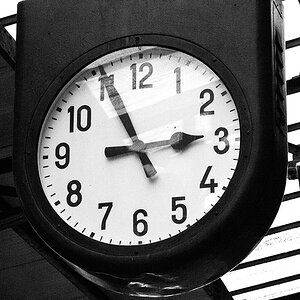

![[No title]](/data/xfmg/thumbnail/32/32782-7f10503454a2a8eeff8b554e3b081c86.jpg?1619735661)
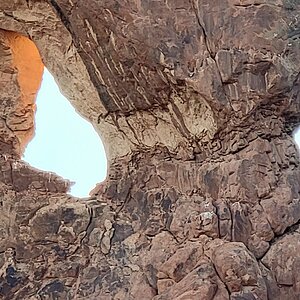
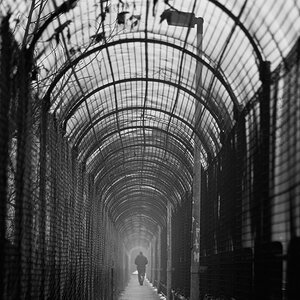

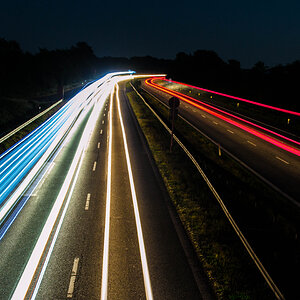
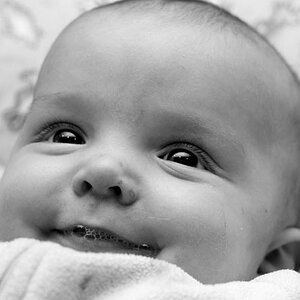
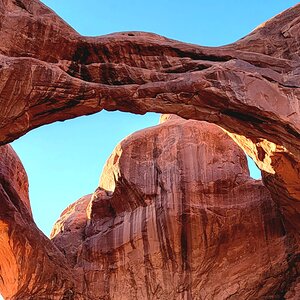
![[No title]](/data/xfmg/thumbnail/41/41778-1940e957c27e1919c300dfedbc32d1c3.jpg?1619739889)
